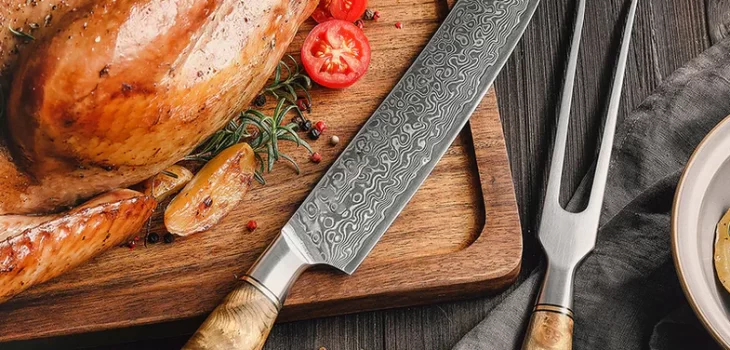 Astroloy
Astroloy
“Raindrop Damascus Unveiled: Craftsmanship Behind the Pattern”
- by raza
Few materials capture the imagination and admiration of knife and blade enthusiasts quite like Damascus steel. Among its many mesmerizing patterns, the Raindrop Damascus stands out as one of the most visually captivating. Characterized by its fluid, circular motifs that resemble raindrop damascus ripples in water, Raindrop Damascus is more than just beautiful—it’s a testament to centuries-old craftsmanship and metallurgical mastery.
In this article, we explore the origin, making process, and enduring appeal of Raindrop Damascus, uncovering the intricate work that goes into every shimmering blade.
Raindrop Damascus Steel
Raindrop Damascus is a type of pattern-welded steel that features swirling, concentric circles etched into the blade, resembling raindrops hitting a calm surface. These patterns are not painted or stamped—they are the result of business repeated folding, forging, and etching layers of different steels. The result is a blade that is as artistic as it is functional.
The name “Damascus” originally referred to swords from the ancient city of Damascus, Syria, which were known for their strength, flexibility, and distinctive wavy patterns. While the original method (called Wootz steel) has been lost to history, modern Damascus steel recreates the beauty and performance through pattern welding.
Raindrop Damascus is Made
Creating Raindrop Damascus is a labor-intensive process that blends science with artistry. Here’s a breakdown of how the signature pattern is achieved:
Forge Welding
The process begins by layering two (or more) types of steel—usually one high in carbon and another with low carbon content. These layers are heated in a forge until they’re malleable, then hammered and fused together.
Folding and Layering
Once the layers are bonded, the billet (steel block) is folded and forged multiple times to increase the number of layers, sometimes up to hundreds. This creates intricate banding and contrast between the different steels.
Creating the Raindrop Pattern
After the billet is forged to the desired number of layers, the blacksmith uses a round punch or grinding tools to create small indentations across the surface. These indentations mimic the circular ripple effect of falling raindrops. When the billet is flattened again, the indentations distort and stretch the steel layers into the final raindrop-like pattern.
Acid Etching
The final step involves polishing the blade and submerging it in an acid bath. The acid reacts differently with the steel types, revealing the contrasting layers and making the raindrop pattern visible and permanent.
The Appeal of Raindrop Damascus
Aesthetic Elegance
The standout feature of Raindrop Damascus is its unique appearance. No two patterns are exactly alike, making each blade a one-of-a-kind piece of functional art. The swirls and rings offer a sense of movement, depth, and symmetry that few other blade finishes can match.
Strength and Performance
Modern Damascus blades made with high-quality steels are known for their:
-
Edge retention
-
Sharpness
-
Durability
-
Corrosion resistance
While the aesthetic appeal is undeniable, these knives also perform at a high level, making them a favorite among chefs, hunters, and collectors alike.
Symbol of Craftsmanship
Owning a Raindrop Damascus knife is more than having a tool—it’s possessing a piece of heritage and tradition. Each blade reflects hours of skilled labor, a deep understanding of metallurgy, and the personal touch of the artisan who made it.
Common Uses and Applications
-
Chef’s Knives: Popular for both performance and kitchen aesthetics.
-
Hunting Knives: Combines durability and elegance in outdoor settings.
-
Folding Pocket Knives: Stylish everyday carry options.
-
Collectible Blades: Treasured by knife collectors for their uniqueness and craftsmanship.
Caring for Raindrop Damascus
To keep your blade in top shape:
-
Clean and dry after each use to prevent rust.
-
Oil the blade lightly with food-safe mineral oil (especially for carbon-rich Damascus).
-
Avoid abrasive materials that could dull or scratch the etched pattern.
While Damascus steel is strong, it deserves respectful maintenance to preserve both its performance and appearance.
Conclusion
Raindrop Damascus steel represents the perfect blend of artistry and engineering. From its origin in layered steel to the skilled punches and etching that reveal its pattern, every Raindrop blade is a unique expression of the blacksmith’s hand. More than just a knife, it’s a legacy of craftsmanship—one that tells a story in every swirl, every ring, every drop.
Whether you’re a chef, a collector, or someone who appreciates the fine details, a Raindrop Damascus blade is more than a cutting tool—it’s a work of art forged in fire.

